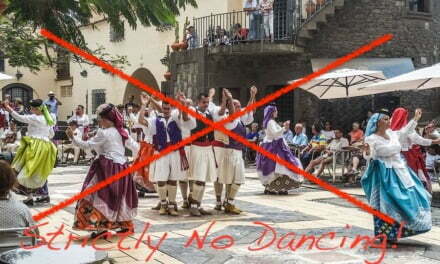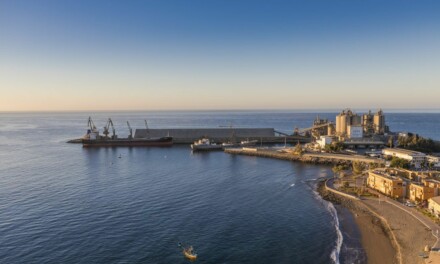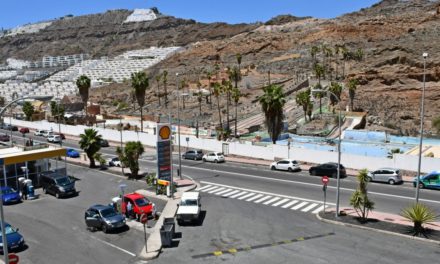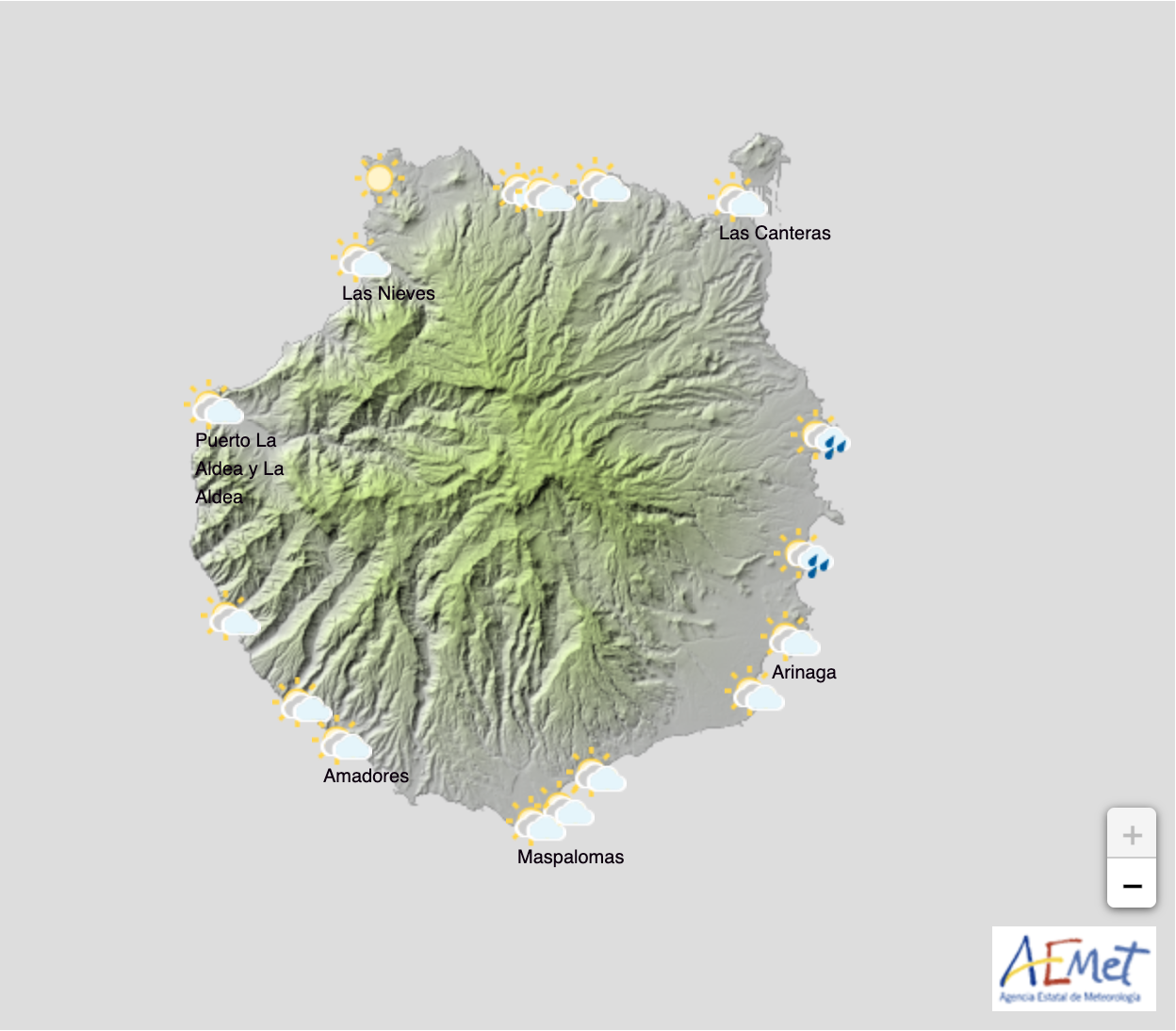Canary Islands Tourism Minister, Yaiza Castilla, yesterday made clear that so far as she can see, in the first instance, “we will not be on the list,” when it comes to the British Travel Green List, due to be announced by UK authorities as part of their plan to reopen holiday travel. She pointed out that a reduction in the Accumulated Incidence rates of coronavirus is a first level objective for the Archipelago. She thinks we have some way to go before we will be deemed as low risk by the British, but no-one yet really knows the criteria of assessment.
All eyes are on the soon to be announced British “traffic light” system which will be used to regulate which destinations are deemed of low, medium or high risk for British travellers. Being added to the British Travel Green List would mean having a 14-day Accumulated Incidence, AI, infection rate, at a value equal to or less than 50 per hundred thousand inhabitants. These Islands, as a region, remain at above 100/1ook at present, and although our actual numbers have remained extraordinarily low, and it appears that the Canary Islands are now returning to the improvement phase, we no longer have enough time to reduce our AI as much as would be necessary in the two weeks before the British start announcing their assessments, ahead of their May 17 date of “earliest” travel.
 In addition, Castilla points out that no-one really knows the full criteria for the UK evaluation process, as it is still in development, although it was leaked that as well as the accumulated AI, the number of population already vaccinated as well as the ease with which travellers can access reliable data, among others indicators, will also be considered for the final categorisation deciding which countries are put on the British Travel Green List.
In addition, Castilla points out that no-one really knows the full criteria for the UK evaluation process, as it is still in development, although it was leaked that as well as the accumulated AI, the number of population already vaccinated as well as the ease with which travellers can access reliable data, among others indicators, will also be considered for the final categorisation deciding which countries are put on the British Travel Green List.
British Secretary for Transport, Grant Shapps, has indicated that the regional archipelagos would be assessed separately from the rest of mainland Spain, as well as their distance from the continental territory and their ability to control arrivals and departures. But it is not currently expected that the UK will differentiate between islands, or even by province, and so the data for the entire region will affect the classification given.
Airlines, tour operators and travel agencies have already been able to communicate to Prime Minister Boris Johnson’s Government that the reactivation of the travel sector is of key importance to Spain, as it has such a major impact on the country’s GDP and the tens of thousands of workers in the accommodation business who would be unemployed.
In any case, as Castilla pointed out, the Islands are not likely to be among the first to be green-lighted by the British Government because, they still remain focused on Spain as a whole, with regard to the assessment of the safety of the various regions. London has not yet separated their advice, though further announcements are due to be made in the next couple of weeks ahead of their reopening of international flights, expected on May 17, when the countries and areas that are to be first marked green, amber or red will be announced. There is an expectation that this list will be reviewed weekly and updated every two weeks, but that has yet to be confirmed.
Too many things stand in the way for now, with not enough deadlines between now and then to think that it can be reached on time. The Minister of Tourism stated that she will once again request a particular evaluation for these Islands from all the British public officials with whom she communicates, and will do the same from other countries that represent important source markets for the islands.
Castilla was speaking yesterday at the launch of The Canary Islands Tourist board’s new dynamic website system, designed to deliver a highly personalised website front page, different for each user, based on their recent search history and algorithms designed to deliver the most relevant content and attractions for every individual visitor to the site.













